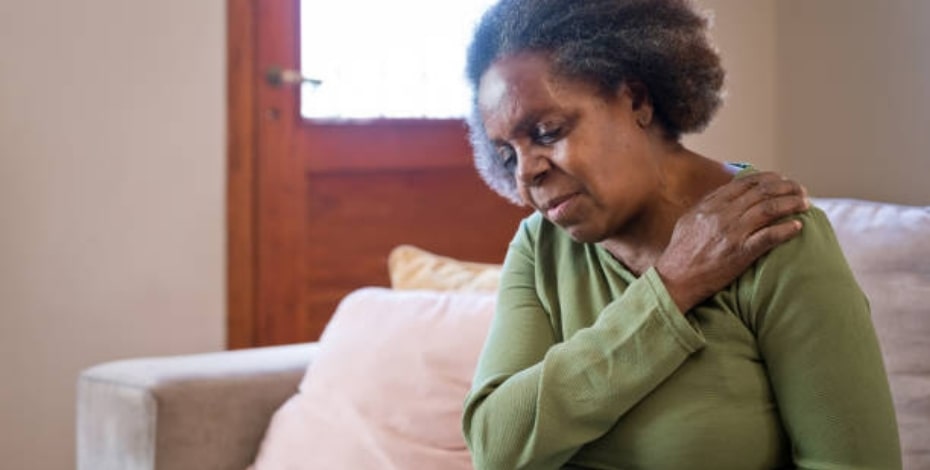
Bobath therapy and upper-limb outcomes after stroke

Dr Simone Dorsch’s systematic review compares Bobath therapy to other interventions for improving arm activity and arm strength outcomes after stroke. She agreed to answer questions about the review.
Your recent systematic review sought to estimate the effects of Bobath therapy relative to other rehabilitation interventions on upper-limb outcomes in people with stroke. Did you take a similar approach to reviewing the literature as your recent review on lower-limb outcomes?
Yes, we did use a similar approach to the review on lower-limb outcomes after stroke. We established that the trials had all compared Bobath therapy to another intervention.
We grouped the different types of comparison interventions in order to pool the results of trials comparing Bobath therapy to other types of interventions.
What is the rationale behind Bobath therapy and is it consistent with current evidence?
Bobath therapy considers the integration of postural control and stability and selective movement or mobility and the influence of sensory information on the interactions between them.
In Bobath therapy, therapists influence sensory information by therapeutic handling called ‘facilitation’ (Vaughan-Graham et al 2020).
Facilitation provides afferent information that is believed to maintain, restore or update the body schema to optimise postural and movement control (International Bobath Instructors Training Association 2019).
The rationale is not consistent with current evidence. In stroke rehabilitation guidelines (MAGICapp n.d.) based on high-level evidence, active task practice (ie, the person practising the task with therapist assistance applied only as required) is strongly recommended for improving stroke survivors’ activity outcomes.
Task practice can be adapted to allow people with sensory, motor and cognitive or perceptual impairments to do meaningful, relevant and active practice without handling from therapists.
Another critical feature of current evidence is that task practice needs to be intensive to be effective.
This means that the stroke survivor needs to be given opportunities to practise intensively without a therapist, which can be achieved by group therapy, technology and semi-supervised and independent practice (MAGICapp n.d.).
In the trials you identified, what other interventions was Bobath therapy compared with?
Bobath therapy was compared with four other types of intervention:
• task-specific training—practice that involved reach, grasp and manipulation of everyday objects
• arm movements—general arm movements without reach or grasp of objects
• robotics—arm movements using a device that could assist movement and that provided gaming interaction
• mental practice—motor imagery of the affected arm performing activities.
How did Bobath stack up against the other interventions?
For arm activity outcomes, there is a large effect size in favour of task-specific training compared to Bobath therapy, with the confidence interval indicating that the effect is moderate to large.
There is a small effect size in favour of arm movements compared to Bobath therapy, with the confidence interval indicating that the effect is similar or better.
In the single studies not included in the pooled analyses, there is a better effect in favour of robotics compared to Bobath therapy and a similar effect of mental practice and Bobath therapy.
For arm strength outcomes, there is an effect size of 7.84 points in favour of task-specific training compared to Bobath therapy for Fugl-Meyer Assessment scores, with the confidence interval indicating that possible effect is 2.69 to 12.99 points.
The effect size of task-specific training compared to Bobath therapy for strength outcomes is large but the confidence interval indicates substantial uncertainty in this outcome.
The effect sizes for arm movements and robotics are small in favour of these other interventions over Bobath, but with the confidence intervals indicating substantial uncertainty.
Were there any instances where Bobath therapy outperformed another intervention?
There were no instances where Bobath therapy was better. At best, it appeared similar to another intervention or the confidence interval was so wide that it could not exclude the possibility of worthwhile effects in either direction.
Even a finding of equivalence of outcomes would be an argument in favour of other interventions over Bobath therapy, as Bobath therapy relies heavily on specific handling from the therapist and is therefore resource-intensive.
What did you conclude?
Bobath therapy is less effective than task-specific training and robotics for improving arm activities after stroke and is less effective than task-specific training for improving arm strength after stroke, as reflected in the Fugl-Meyer Assessment score.
Bobath therapy should not be used in preference to other interventions.
- References
-
International Bobath Instructors Training Association. Available here.
Stroke Foundation. Clinical Guidelines for Stroke Management. Available here. Accessed 16 December 2022.
Vaughan‐Graham J, Cheryl C, Holland A, Michielsen M, Magri A, Suzuki M, et al. Developing a revised definition of the Bobath concept: Phase three. Physiotherapy research international : the journal for researchers and clinicians in physical therapy. 2020;25(3):e1832-n/a.
MAGICapp. Australian and New Zealand Living Clinical Guidelines for Stroke Management, n.d. Available here.
© Copyright 2024 by Australian Physiotherapy Association. All rights reserved.





